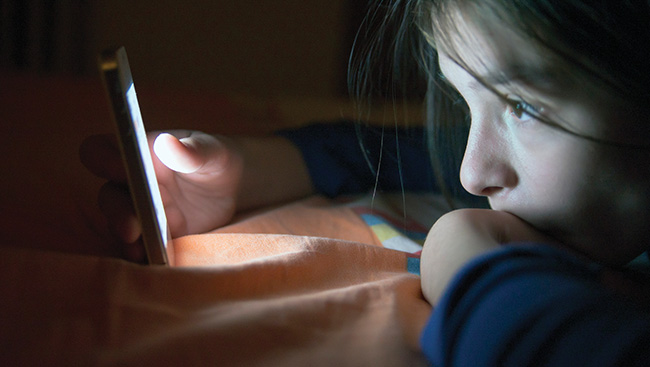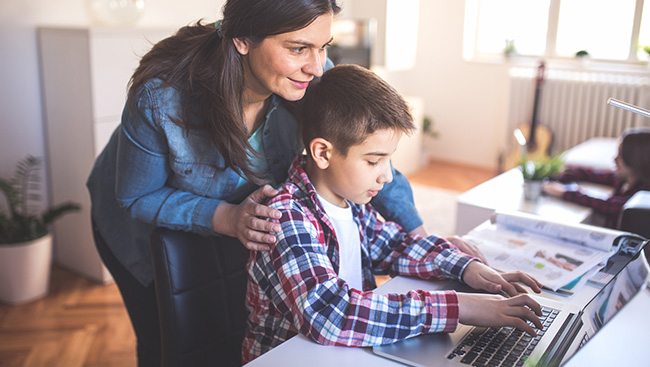Protect your child from the dangers of the digital world by establishing guidelines and teaching good technology habits.Technology has taken up a prominent place in our lives.
Upon waking up in the morning, the very first thing we do is check our phone and log onto social media. It wouldn’t be anything less than a fact to say that a life without technology is impossible in today’s age. The alarming fact however is that children as young as two are using digital technology and gradually getting addicted to it. “Yes,” agrees Amber Mac, netcasting personality and co-host of BNN’s App Central, “Today’s kids were born in the digital age; they have never lived without technology. While for some of their parents, high-tech devices might seem like a novelty, for a younger generation, they are just a part of life.”
Mac and Internet security expert Michael Bazzell have co-authored the book, Outsmarting Your Kids Online: A Safety Handbook for Overwhelmed Parents – the ultimate guide for parenting in today’s digital world. It covers topics ranging from understanding social media concerns and tomorrow’s technology trends to reporting digital bullies or even sexual predators.
Exposing a child to the digital world has its pros and cons. Highlighting the pros, technology can help the kid connect with distant family members or expand his her knowledge on how the world functions. Mac states researchers have suggested that kids under two should have limited access to technology. “For children ages two to five, the American Academy of Pediatrics says one hour of usage a day is enough. However, it depends what your child is doing.”

The ill effects include being addicted to the tech world and withdrawing oneself from activities they enjoy, coming in contact with strangers, and cyberbullying. According to the author, the most common danger is online bullying from people kids know. “In this case, parents need to understand how to teach their kids to report bullying (and ensure that their kids aren’t the bullies),” informs Mac, while adding that Facebook has recently launched Parents Portal to address many of these issues and more. Parents Portal includes guides for parents on how Facebook works, tips for talking with kids about staying safe online, and helping them navigate their experience.
The best way to ensure your children are well-protected from these dangers is by establishing guidelines and teaching them good technology habits. “Tech addiction is a real issue. This is why it’s important to set boundaries the moment technology enters their hands,” warns Mac, further suggesting ways to create these guidelines. “I often propose to parents that once a child is in school, they work together with the child (and other children in the home) to establish family tech rules that are posted in a public place in the house. These rules should also include how to be a good digital citizen (and what to do in the event of bullying).”

Besides setting up these rules, parents can utilize certain tools to monitor their child’s social media usage. Mac suggests two useful apps: Kidslox (if your child is 12 and under), VISR (for 12 years and above). “Both apps allow you to manage what your kid is doing on the Internet.
With VISR, you’ll also get alerts if they scan your child’s social media accounts and find inappropriate language, nudity, and more worrisome behaviour. Also, I am a big fan of the website Common Sense Media for ongoing guidance and digital safety tools,” adds the best-selling author. Outsmarting Your Kids Online is also a great source for parents to keep up-to-date with today’s most popular apps and tools.
The most important way to secure your young one’s safety in the tech world is by keeping an eye on warning signs. “The biggest warning sign is if your child withdraws from activities they used to love or if they fight vehemently when you request that they go offline,” points out Mac, advising parents to not overreact if their child is facing either of these situations. “As a parent, you need to stay calm and keep communication channels open. Banning technology for the rest of the child's life is not the right solution, but reasonable rules can help.”
As Mac affirms, you can’t take the digital world away from the child once you introduce him/her to it. But a few regulations, continuous inspection, and easy communication can go a long way in guaranteeing that your child is positively enjoying the benefits of technology.




